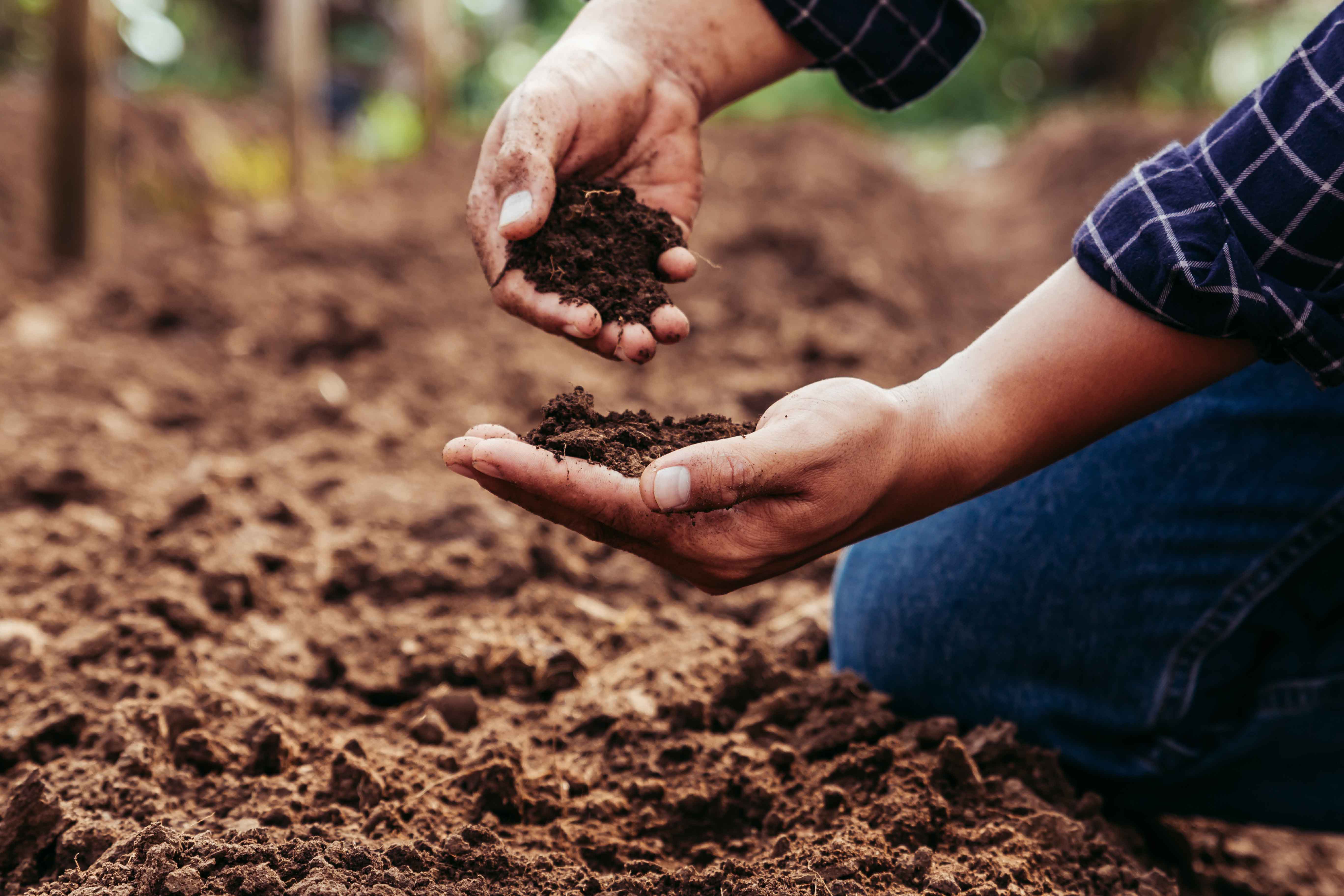URBAN COMMUNITY GARDENS
Benefits of community gardening
STEPS TO GETTING STARTED
The following steps are adapted from the American Community Garden Association's Guidelines for launching a successful community garden in your neighborhood.
- Organize a meeting of interested people. Determine whether a garden is really needed and wanted, what kind it should be (vegetable, flower, both, organic?), whom it will involve, and benefit.
- Form a planning committee. Choose a well-organised person as garden co-ordinator. Form additional committees to tackle specific tasks, e.g., funding and resource development, youth activities, construction, and communication.
- Identify all your resources. Contact local municipal planners about possible sites, as well as horticultural societies and other local sources of information and assistance. Look within your community for people with experience in landscaping and gardening. In Toronto contact the Toronto Community Garden Network.
- Approach a sponsor. Some gardens "self-support" through membership dues, but for many, a sponsor is essential for donating tools, seeds, or money, for example. (One garden raised money by selling "square inches" to hundreds of sponsors at $5 each.) Churches, schools, private businesses or parks, and recreation departments are all possible supporters.
- Choose a site. Consider the amount of daily sunshine (vegetables need at least six hours a day), availability of water, and soil testing for possible pollutants. Find out who owns the land. Can the gardeners get a lease agreement for at least three years? Will public liability insurance be necessary?
- Prepare and develop the site. In most cases, the land will need considerable preparation for planting. Organise volunteer work crews to clean it, gather materials, and decide on the design and plot arrangement.
- Organize the garden. Members must decide how many plots are available and how they will be assigned. Allow space for storing tools and making compost, and don’t forget the pathways between plots! Plant flowers or shrubs around the garden's edges to promote good will with non-gardening neighbors, passers-by, and municipal authorities.
- Plan for children Consider creating a special garden just for kids—including them is essential.
- Determine rules and put them in writing. Will gardeners share tools, meet regularly, and handle basic maintenance? Do you need a waiting list for more members? If your group charges dues, how will the money be used?
- 10. Keep members in touch with each other. Form a telephone tree and/or an email list; install a rainproof bulletin board in the garden; have regular celebrations.
Source: FoodShare Toronto | Archive | www.foodshare.net | 10 Steps to start a Community Garden
Soil Testing: pH and Nutrients

Collecting Soil Samples for Testing
Soil Testing Labs
To grow good plants, you need good soil. The only way to tell what your soil really needs is to take a soil test. Applying too much fertilizer could be detrimental to your plants. You could waste money or pollute the environment. Adding too little fertilizer or the wrong fertilizer could produce little or no results. Therefore, for optimum plant growth, testing your soil pH and nutrient status every 3 to 5 years is highly recommended.
Proper soil sampling techniques are essential to obtain accurate soil test results. Purdue Extension publication HO-71 entitled Collecting Soil Samples for Testing provides specific advice on taking a proper soil sample.
A basic soil test measures phosphorus, potassium, pH, and organic matter. A proper pH is important for nutrient availability to plants. Take the soil sample well before planting so there is time to add what the soil needs. For the most accurate results, use the services of a commercial soil testing lab rather than a soil testing kit. Purdue does not do soil testing for homeowners. You can get your soil tested in central Indiana by contacting one of the following labs. Generally, you need to collect enough soil to fill a plastic sandwich bag. Indicate the type of plants that will be grown in the sampled area (such as lawns, trees and shrubs, flowers, vegetable gardens, or fruit trees). You may want to e-mail or telephone the soil testing labs before sending your soil sample to obtain current soil processing procedures and fees.
Soil Testing Labs
A&L Great Lakes Laboratories, Inc.
3505 Conestoga Drive
Fort Wayne, IN 46808-4413
Phone: (260) 483-4759
Fax: (260) 483-5274
E-mail: lab@algreatlakes.com
Website:http://www.algreatlakes.com/
Lawn & Garden Soil Analysis, $20.00. Includes Soil pH, Buffer pH, Available Phosphorus, Exchangeable Potassium, Organic Matter, Magnesium, Calcium, Cation Exchange Capacity, and Percent Base Saturation of Cation Elements. Provides graphic display of results and suggested lawn, garden, and landscape fertilizer materials. Once received, the turnaround time for processing samples is 3 working days.
UMass Soil and Plant Tissue Testing Lab
West Experiment Station
682 North Pleasant Street
University of Massachusetts
Amherst, MA 01003
Phone: (413) 545-2311
Fax: (413) 545-1931
E-mail: soiltest@psis.umass.edu
Website: http://soiltest.umass.edu/services
